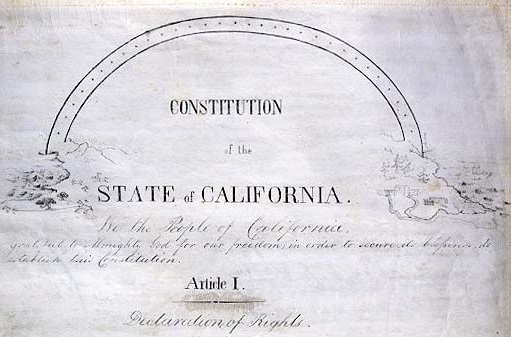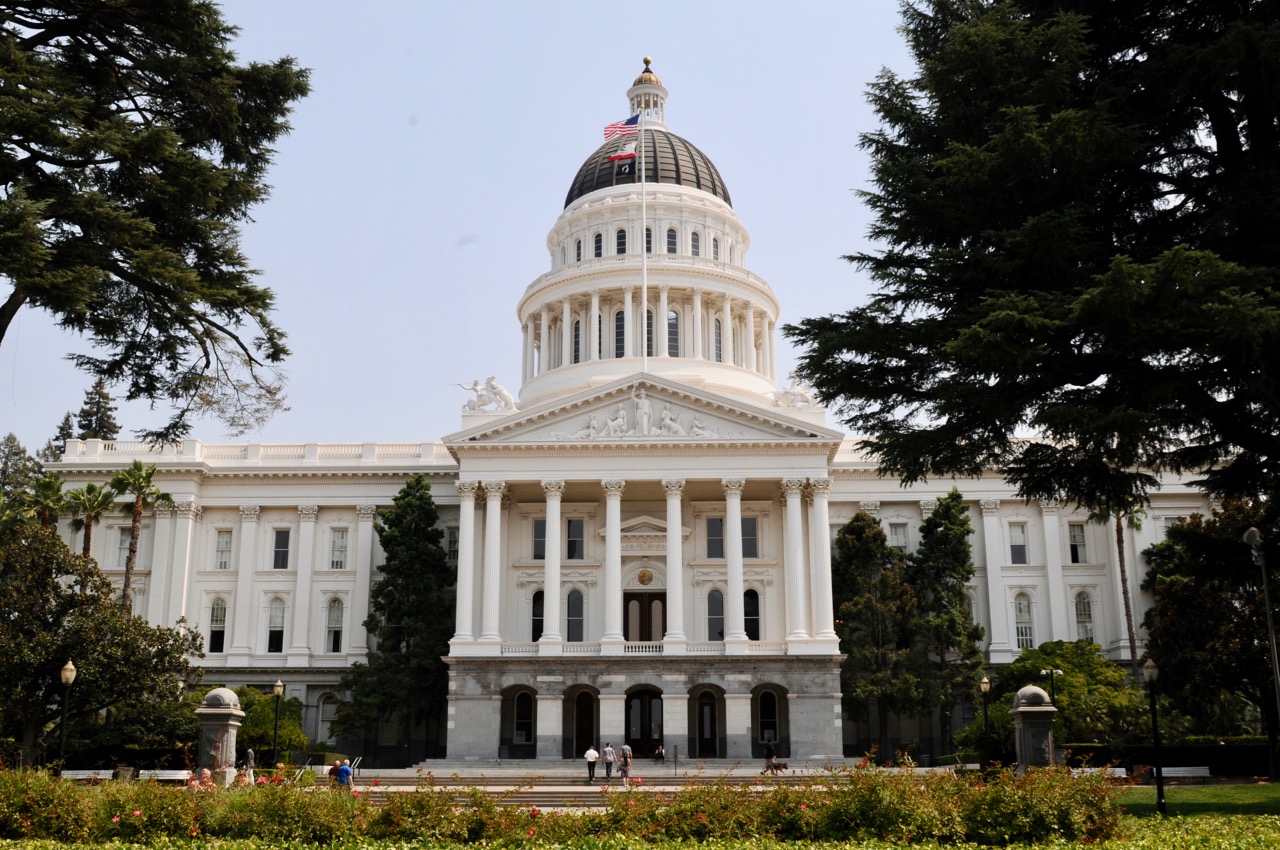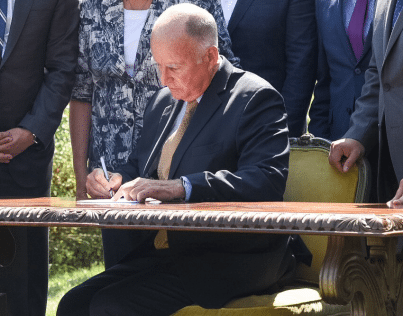
California Constitution. (Photo: www.sos.ca.gov)
Separation of Powers Doctrine in California
The powers of government are provided to separate branches of government to operate
By Chris Micheli, November 22, 2019 8:18 am
Separation of powers – what is it and what does it mean? Essentially, the powers of government are provided to separate branches of government to operate. These powers are set forth in the California Constitution and are granted to the legislative, executive and judicial branches of government.
The separation of powers doctrine essentially provides that those who exercise power in one branch of government cannot exercise the powers of the other two branches of government. The United States Constitution does not contain any express language dealing with the separation of powers of the federal government.
On the other hand, California’s separation of powers doctrine is set forth in Article III, Section 3 of the state constitution. Section 3 provides: “The powers of state government are legislative, executive, and judicial. Persons charged with the exercise of one power may not exercise either of the others except as permitted by this Constitution.”
In addition, the three articles of the state constitution dealing with the three branches of state government establish the roles of the three branches. For example, Article IV, Section 1 of the California Constitution provides: “The legislative power of this State is vested in the California Legislature which consists of the Senate and Assembly, but the people reserve to themselves the powers of initiative and referendum.”
Thereafter, in Article V, Section 1, it provides: “The supreme executive power of this State is vested in the Governor. The Governor shall see that the law is faithfully executed.” And, Article VI, Section 1 provides: “The judicial power of this State is vested in the Supreme Court, courts of appeal, and superior courts, all of which are courts of record.”
Hence, in the California Constitution, the three branches of state government are clearly established and their roles are specified. As a result, the separation of powers can be readily ascertained. But the three branches sometimes operate in a manner that may overlap another branch’s role in government.
Essentially, separation of powers as a legal doctrine refers to the division of governmental responsibility set forth in the constitution for the distinct role of each branch of government that also limits each branch from exercising the main functions of the other two branches of government. This doctrine also provides for the system of “checks and balances” so that no branch has total control over the government.
Despite this separation of core powers of government, in reality, there is some overlap because each branch does provide that check and balance. For example, in the legislative process, while the Legislature writes and passes bills, the Governor can sign or veto those bills. And, once enacted, the courts can validate or overturn those laws.
In addition, while the courts generally interpret the laws, the executive branch through its administrative agencies, will also interpret the laws in how they enforce them and by means of adopting regulations (exercising a “quasi-legislative” role) to implement the statutes enacted by the Legislature. When a state agency enforces the statute or gives meaning to the law (exercising a “quasi-judicial” role), it partially overlaps with the judicial branch’s jurisdiction.
- Quiz on Where Areas of Law Are Found in the California Codes - December 16, 2025
- Sister State Money Judgments - December 16, 2025
- Pilotage Rates in California - December 16, 2025




